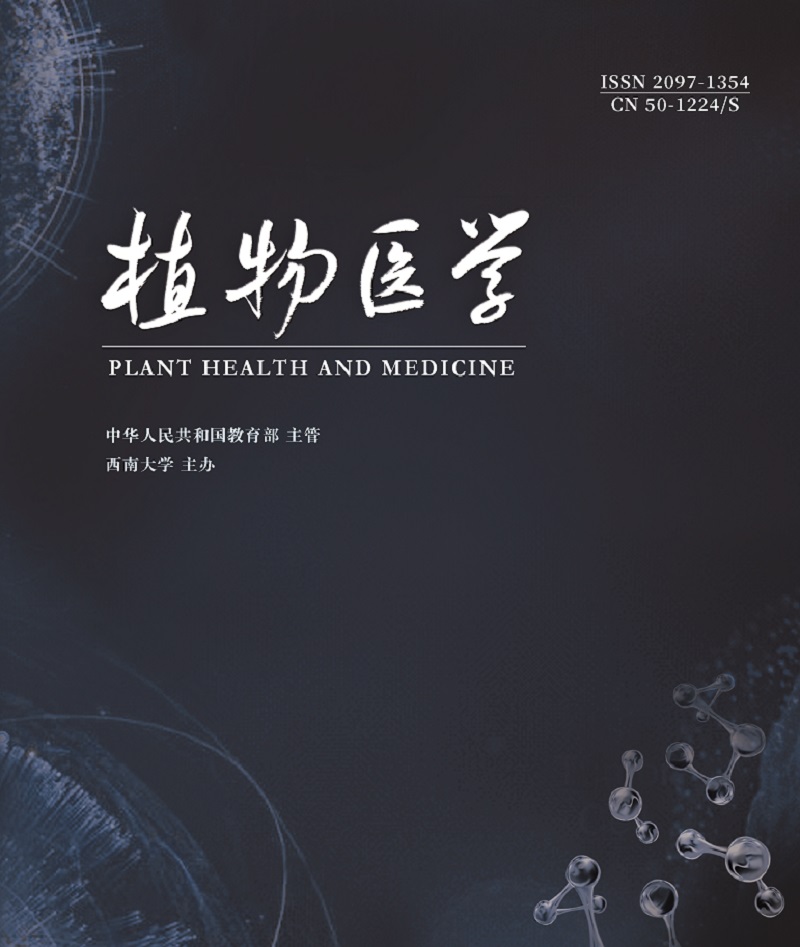Evaluation Report on Contribution Rate of Plant Protection to National Wheat Disease and Pest Control in 2022
- Received Date: 22/07/2022
-
Key words:
- wheat disease and pests /
- damage loss /
- loss rate /
- control effect /
- plant protection contribution rate
Abstract: To evaluate the result of the prevention and control of major wheat diseases and insect pests, and objectively reflect the effectiveness and contribution rate of disease and pest control, in 2022, the National Agri-Tech Extension Service Center organized the plant protection organizations of Henan, Shandong, Hebei, and Anhui to systematically evaluate the contribution rate of prevention and control on major wheat diseases and pests. By uniformly setting strict prevention and control areas, unified prevention and control areas, farmers' self-control areas, and non-control areas, using the method of multi-point test sampling, after scientific evaluation, the contribution rate of plant protection on national wheat pests and diseases(excluding weeds and rodents) control in 2022 was calculated as 24.20%, and the 32.85 million t of wheat production loss was saved. Statistical analysis shows that under strict prevention and control, the contribution rate of plant protection is 13.93% higher than that of farmers' self-prevention. Under the condition of unified prevention and control, the contribution rate of plant protection is also 8.12% higher than that of farmers' self-prevention. If we put more effort, increase the proportion of national wheat pest and disease control from the current 50% to 75%, together with the implementation of precise control and other measures to effectively control the loss caused by pests and diseases. The potential national wheat yield increased by pest control could reach over 5 billion kg. The plant protection capacity for reduction of damage and increase of yield is huge. The results of this evaluation were derived based on the effective control of weeds in wheat fields and underground pests and diseases at the seedling stage in autumn by seed dressing. Therefore, the data of the calculated contribution rate of plant protection may be less than the fact.





 DownLoad:
DownLoad: